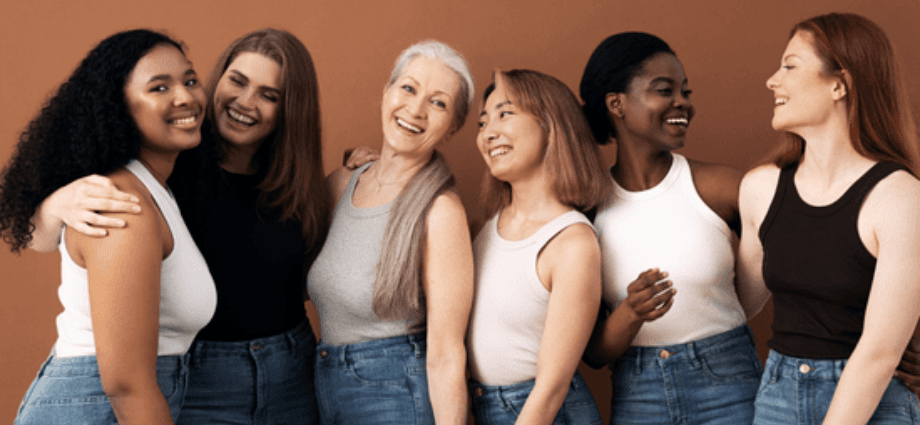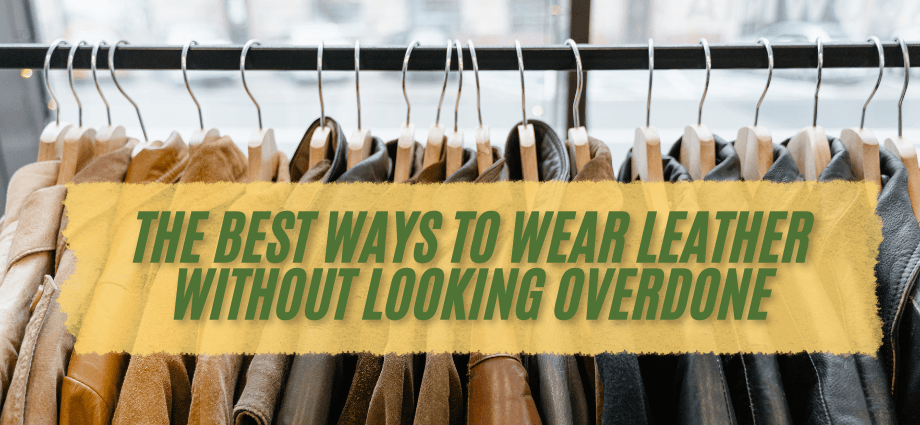Textures play a big role in how your clothes look and feel. Mixing textures in your outfits can add interest, make your style unique, and create a balanced appearance. This article will guide you through simple steps to mix and match textures in your wardrobe.
Understanding Textures in Fashion
Textures are one of the most exciting elements in fashion. They can transform a basic outfit into something stylish and full of character. Whether you’re dressing for a casual day out or a formal event, understanding how textures work will help you create looks that stand out. In this section, we’ll discuss what textures are, why they matter, and how to use them effectively.
What Are Textures in Clothing?
Textures in clothing refer to the feel and appearance of a fabric. Some fabrics, like silk, are smooth and shiny, while others, like wool, are rough and cozy. Denim is sturdy, while velvet feels soft and luxurious.
Textures can change how an outfit looks. For example:
- Smooth fabrics can make your outfit look elegant.
- Rough textures can give a casual or rugged look.
- Shiny textures add a touch of glamor.
Knowing how textures work is the first step in creating stylish outfits.
Why Textures Matter in Styling
Textures add depth to your outfit. They make simple clothing combinations more interesting. For example, a basic black outfit can look much better if you combine a leather jacket with a cotton shirt.
Textures also create balance. If you wear shiny fabrics from head to toe, your outfit might feel overwhelming. Combining shiny and matte fabrics keeps it balanced.
Finally, textures can set a mood. Soft textures like cashmere feel cozy, while structured ones like tweed give a professional vibe. When you know how to use textures, you can create the mood you want.
The Basics of Mixing Textures
Mixing textures may seem complicated, but starting with the basics makes it simple. By learning how to combine different textures, you can create outfits that are both stylish and balanced. From using neutral fabrics to experimenting with layering, mastering these basics will make mixing textures second nature.
Start with a Neutral Base
Begin with neutral fabrics like cotton, linen, or denim. These fabrics are versatile and easy to pair with other textures. A denim jacket or plain cotton shirt is a great starting point.
For example:
- Wear a cotton T-shirt and jeans as your base. Add a leather bag for contrast.
- Pair a neutral linen dress with a velvet scarf for texture variety.
Neutral fabrics act like a blank canvas, making it easier to add interesting textures.
Layering Contrasting Textures
Mixing smooth and rough fabrics creates a balanced look. Here are a few tips:
- Pair leather with soft knits, like a leather skirt and a chunky sweater.
- Combine shiny silk with casual denim, such as a silk blouse and jeans.
When layering, pay attention to proportions. A bulky textured piece like a wool coat pairs well with sleek leggings or pants.
Adding contrast makes each piece stand out while still working together.
Balancing Textures with Colors
Color plays a big role in how textures appear. Matching textures with complementary colors makes your outfit look put-together. For example:
- A monochromatic outfit in all black can shine if you mix leather, cotton, and satin.
- Bright colors can work well with subtle textures, like a yellow sweater paired with simple jeans.
Balance your color and texture choices to avoid an overly busy look.
Advanced Texture Combinations
Once you’re comfortable with the basics, you can explore more advanced ways to mix textures. This includes combining patterns with textures, adjusting your choices for different seasons, and using accessories to add the finishing touch. Advanced combinations can elevate your outfit from ordinary to extraordinary.
Mixing Patterns and Textures
Pairing patterns with textures can be tricky, but it adds flair to your outfit. Follow these tips:
- Match bold patterns with subtle textures, like a floral silk blouse with a wool skirt.
- Keep colors simple if the pattern is loud to avoid clashing.
Patterns like stripes or plaids go well with textured pieces like tweed or corduroy. When done right, this combination creates a stylish, layered effect.
Seasonal Texture Pairings
Textures can reflect the season. Here are some examples:
- Winter: Wear cozy materials like wool, velvet, and cashmere.
- Summer: Choose breathable fabrics like linen and lightweight cotton.
- Fall: Try layering denim, leather, and tweed.
- Spring: Mix light knits with flowy silk or chiffon.
Accessorizing with Textures
Accessories are an easy way to add textures to your outfit. Some examples include:
- A leather handbag or belt for a polished look.
- Chunky knit scarves for warmth and dimension.
- Shiny shoes, like patent leather, to add contrast.
Styling Tips for Different Body Types

Textures can also help you create flattering outfits for your body type. By knowing where to place textures and how to balance them, you can highlight your best features and achieve a proportionate look. Let’s dive into some practical tips.
Highlighting Features with Texture Placement
Textures can help highlight or downplay certain areas. For example:
- Use shiny or smooth fabrics to draw attention to your favorite features.
- Place rougher textures on areas you want to minimize.
Proportions and Textures
Keep balance in mind when combining textures. Bulky fabrics like chunky knits can overwhelm petite frames. Instead:
- Pair heavy textures with fitted pieces, like a bulky sweater and skinny jeans.
- Use lightweight textures, like chiffon or satin, for a flowy, balanced look.
Common Mistakes to Avoid
When mixing textures, it’s easy to make mistakes like overloading your outfit or using low-quality fabrics. Avoiding these pitfalls will help you create cohesive, polished looks.
Overloading with Too Many Textures
Too many textures can make an outfit look busy and confusing. To avoid this:
- Limit your outfit to two or three textures at most.
- Keep the color palette simple if you’re using bold textures.
Ignoring Fabric Quality
Low-quality fabrics can ruin an outfit, no matter how well it’s styled. Invest in durable, well-made pieces. High-quality textures look better and last longer.
To check fabric quality:
- Look for smooth seams and even stitching.
- Avoid materials that feel rough or cheap to the touch.
Well-made pieces elevate your overall style.
Practical Examples and Outfit Ideas
Ready to put these tips into practice? Here are some outfit ideas to inspire you. From casual looks to office-ready ensembles and formal styles, these examples show how textures can make a difference.
Casual Looks with Mixed Textures
Create an effortless casual look by combining:
- Denim jeans, a cotton T-shirt, and a leather jacket.
- A linen dress with a knit cardigan and canvas sneakers.
These outfits are simple yet stylish, thanks to texture combinations.
Office-Ready Textured Ensembles
For work, mix professional textures like:
- A tweed blazer with a silk blouse and structured pants.
- A pencil skirt with a cotton shirt and leather loafers.
Evening and Formal Textured Styles
For formal events, choose luxurious textures like:
- A velvet dress paired with a lace shawl.
- Satin trousers with a sequined top and metallic heels.
Conclusion
Combining textures in your outfits can transform your style. Start with neutral fabrics and layer contrasting textures for a balanced look. Experiment with patterns, seasonal fabrics, and textured accessories. Always aim for harmony by considering colors, proportions, and fabric quality.
With these tips, you can create stylish outfits that feel unique and personal. Don’t be afraid to try new combinations—fashion is about expressing yourself!
By mixing textures thoughtfully, your wardrobe will become more versatile, creative, and fun to wear. Start experimenting today!





